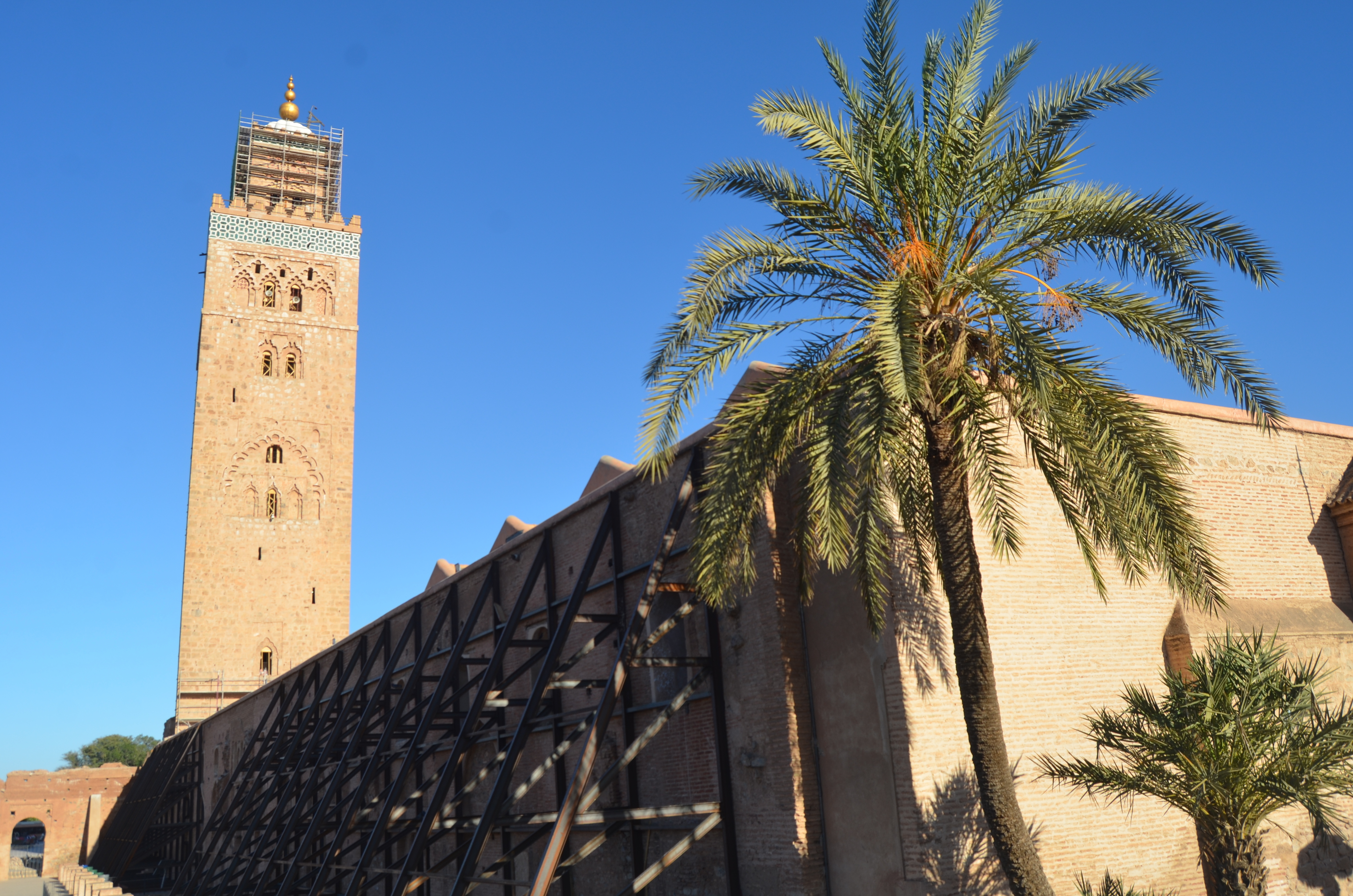On 8 September 2023 at 23:11 DST (22:11 UTC), an earthquake with a moment magnitude of 6.8–6.9 and maximum Mercalli intensity of VIII (Severe) struck Morocco's Marrakesh-Safi region. The earthquake's epicenter was located 73.4 km (45.6 mi) southwest of Marrakesh, near the town of Ighil in the Atlas Mountains. It occurred as a result of shallow oblique-thrust faulting beneath the mountain range. At least 2,122 deaths were reported, with most occurring outside Marrakesh. Damage was widespread, and historic landmarks in Marrakesh were destroyed. [wikipedia]
As of Monday morning the death toll is 2,122 and is expected to rise further. The United Nations estimated the disaster has affected 300,000 people.
Of the 2,122 deaths reported as of Sunday evening, 1,351 were in Al-Haouz, a region with a population of more than 570,00, according to Morocco’s 2014 census.
“More than 18,000 families have been affected” by the quake in Al-Haouz, Moroccan public television reported. The largely agrarian province had been suffering record drought that had dried up rivers and lakes when the earthquake hit.
Villages of clay and mud brick buildings built into mountainsides have been destroyed.

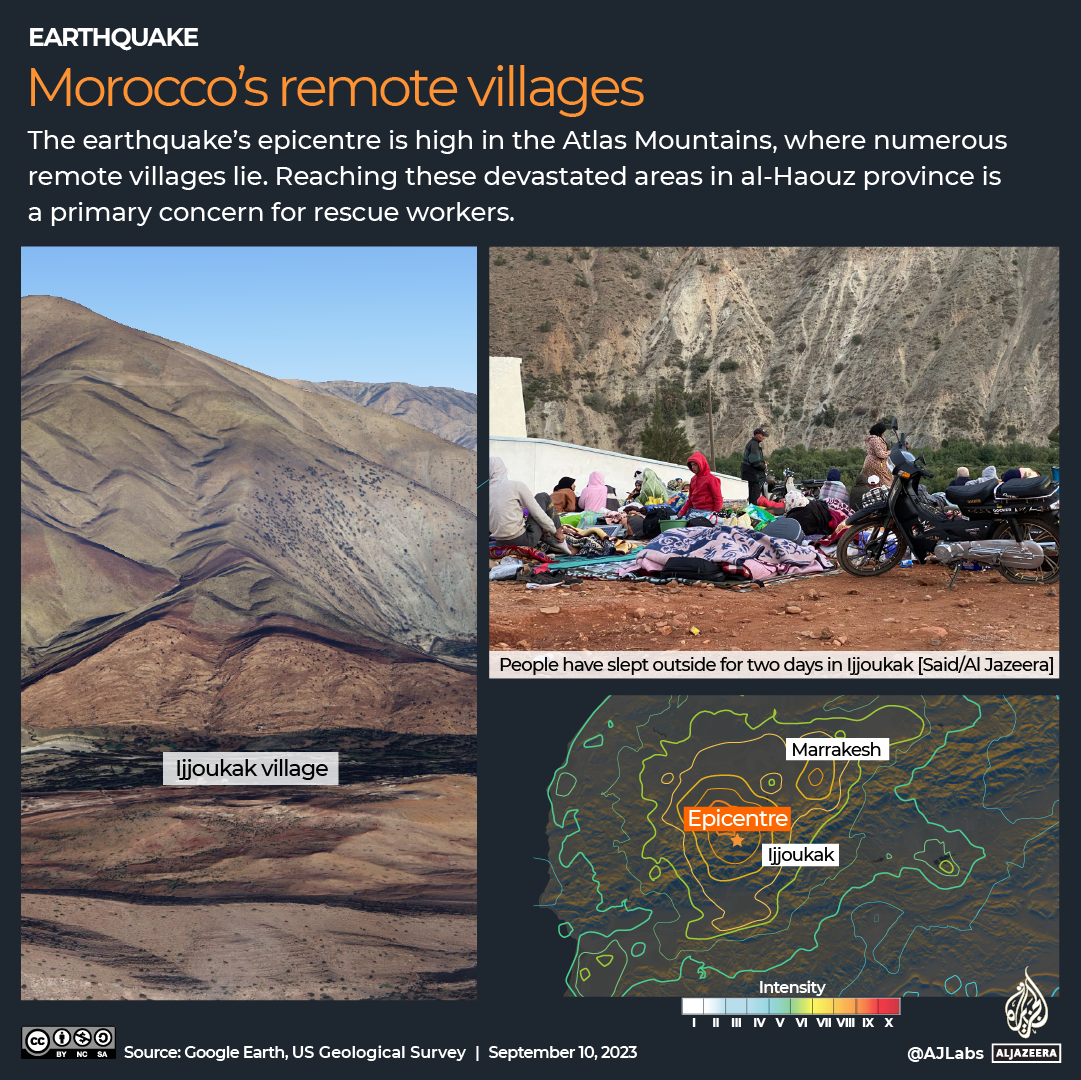
The Marrakesh-Safi earthquake is the largest instrumentally recorded in Morocco's modern history, surpassed only by upper estimates of the 1755 Meknes earthquake, at Mw 6.5–7.0.

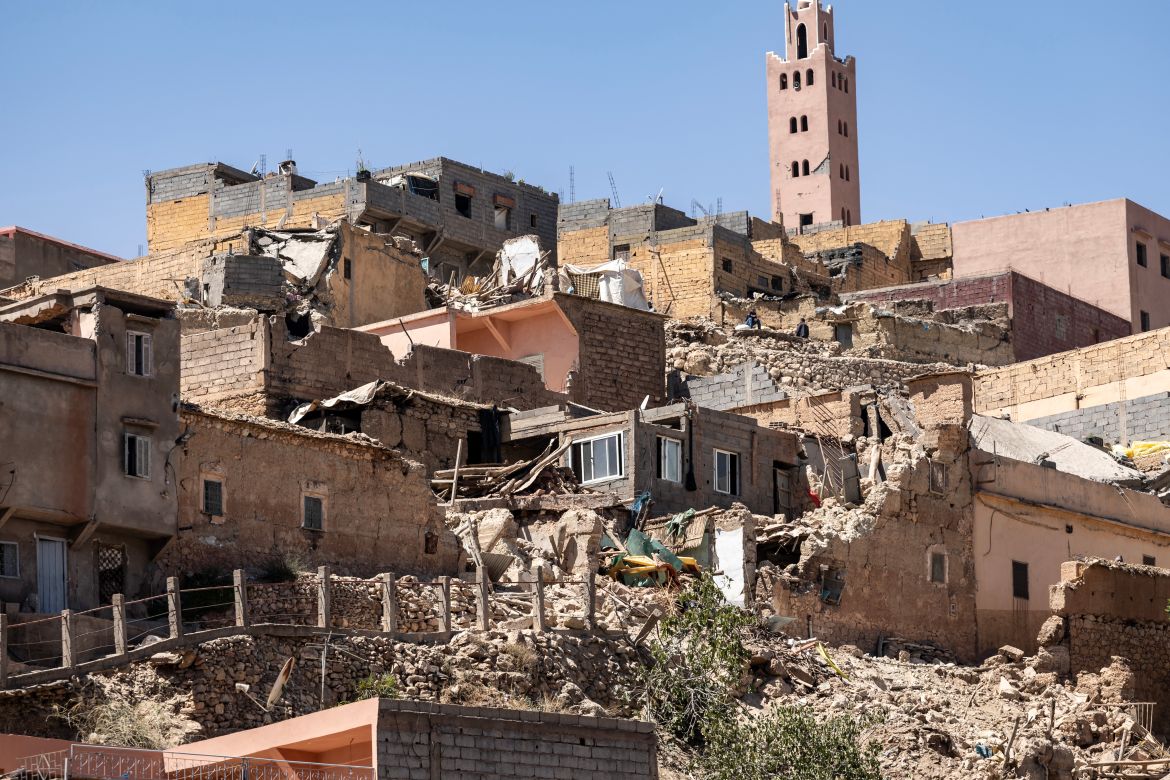
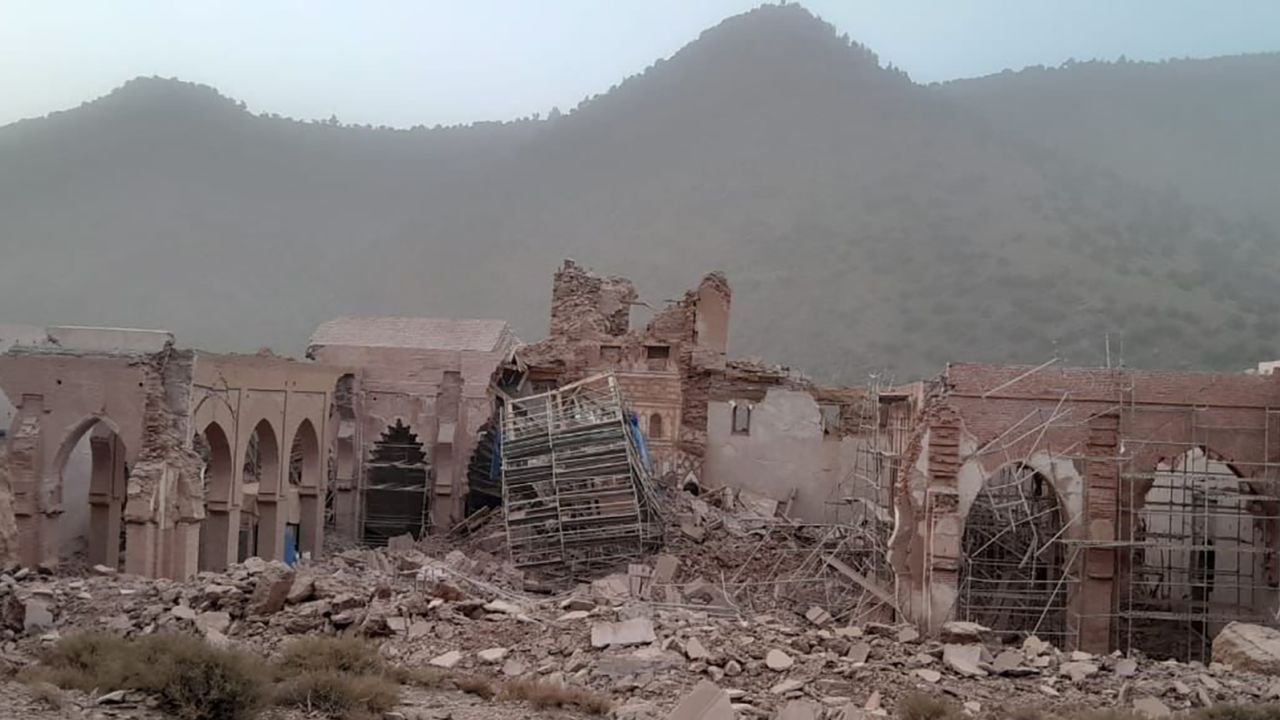
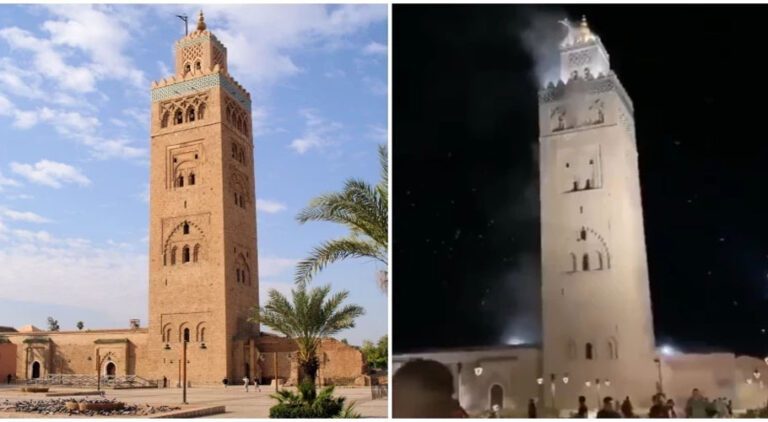

As of Monday morning the death toll is 2,122 and is expected to rise further. The United Nations estimated the disaster has affected 300,000 people.
Of the 2,122 deaths reported as of Sunday evening, 1,351 were in Al-Haouz, a region with a population of more than 570,00, according to Morocco’s 2014 census.
“More than 18,000 families have been affected” by the quake in Al-Haouz, Moroccan public television reported. The largely agrarian province had been suffering record drought that had dried up rivers and lakes when the earthquake hit.
Villages of clay and mud brick buildings built into mountainsides have been destroyed.


The Marrakesh-Safi earthquake is the largest instrumentally recorded in Morocco's modern history, surpassed only by upper estimates of the 1755 Meknes earthquake, at Mw 6.5–7.0.





Spoiler Scary footage :
Last edited:


